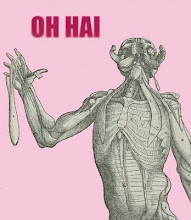Jan Saenredam, Stranded Whale, 1602
One website provides the translation of the text:
“A large whale, thrown up out of the blue sea (gods, let it not be a bad omen!), washed up on the beach near Katwijk. What a terror of the deep Ocean is a whale, when it is driven by the wind and its own power on to the shore of the land and lies captive on the dry sand. We commit this creature to paper and we make it famous, so that the people can talk it about it.”
I also came across this print, from a wildly different context:
Ida Bagus Nyoman Rai-Sanur, Indonesia, 1970s
Recently Slate had a story on how the great Blue Whale was suspended from the ceiling of the Natural History Museum in New York.
A second famous whale in the museum is shown fighting with a giant squid for its life. If you haven't seen either in person, the movie The Squid and the Whale does a good job of conveying the nostalgic feeling many have for them.
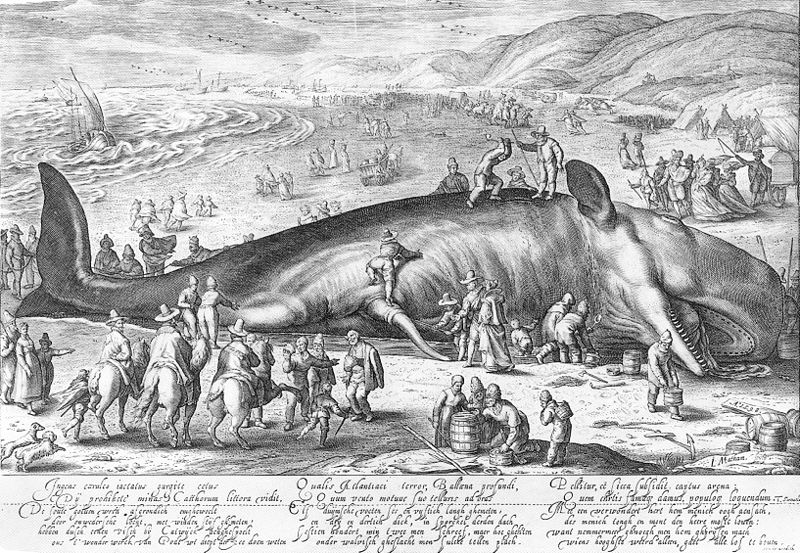



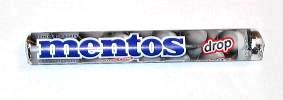





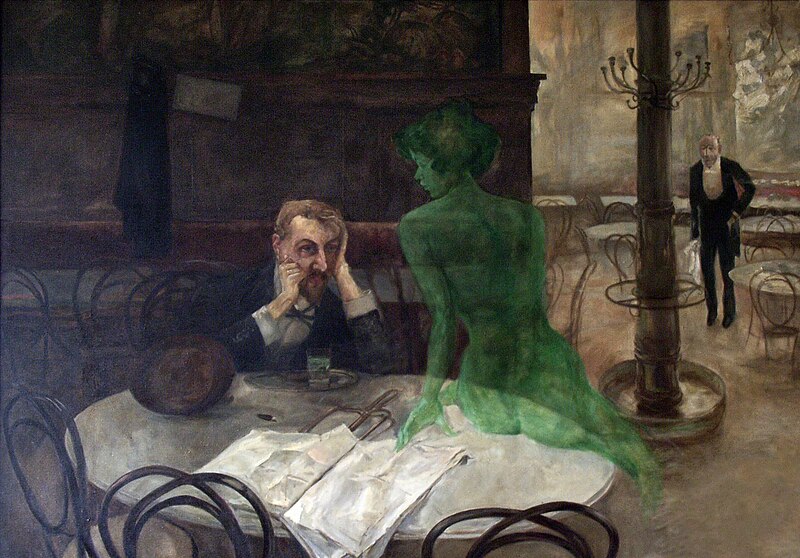
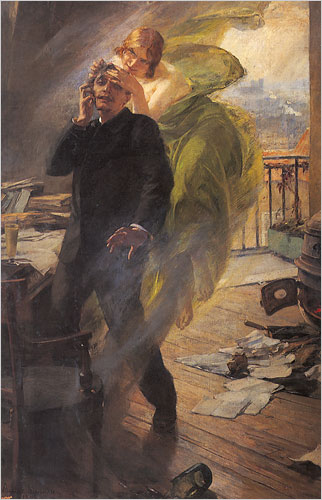





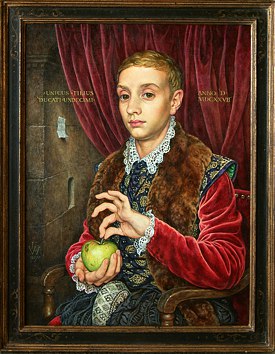


.jpg)



